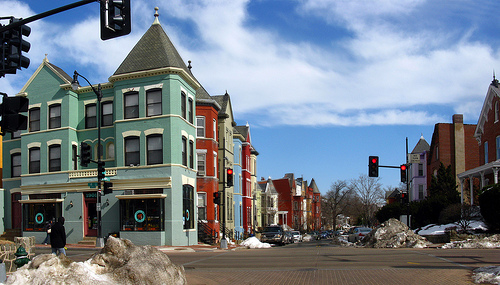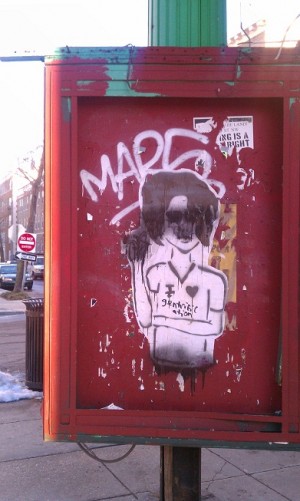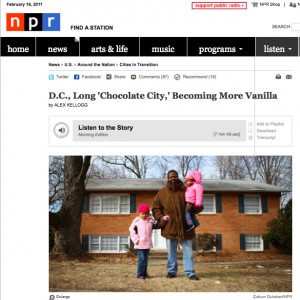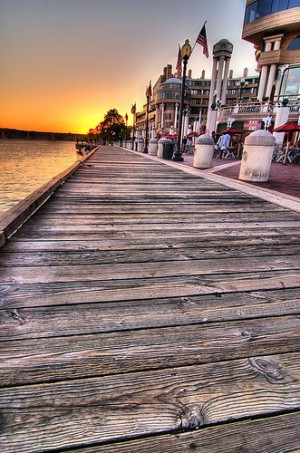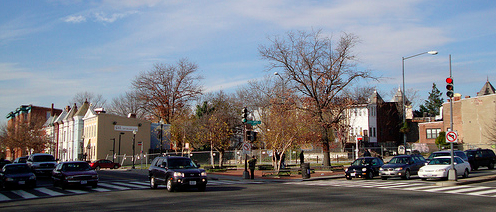The word gentrification is regularly used to describe the process of white people displacing black people in up-and-coming neighborhoods. The cover story of this week’s City Paper goes beyond that stereotype and offers a point of view which isn’t often present in color-coded, nuance-free debates about how areas are changing: that of the black gentrifier.
The story of the black gentrifier, at least from this black gentrifier’s perspective, is often a story about being simultaneously invisible and self-conscious. The conversation about the phenomenon remains a strict narrative of young whites displacing blacks who have lived here for generations. But a young black gentrifier gets lumped in with both groups, often depending on what she’s wearing and where she’s drinking. She is always aware of that fact…
And those of us walking fancy dogs, gawking at fancier renovations, but who happen to look like most of our neighbors, don’t necessarily have better insight into what’s going on around us than the white folks do. The class differences can yawn almost as wide as racial ones—almost. Soon enough, “D.C. will be majority rich people,” Ngongang says. “The statistics of D.C. will match what corporate America looks like.” It stings for a minute, because I’m not quite sure which side of that statistical warning I want to identify with.



